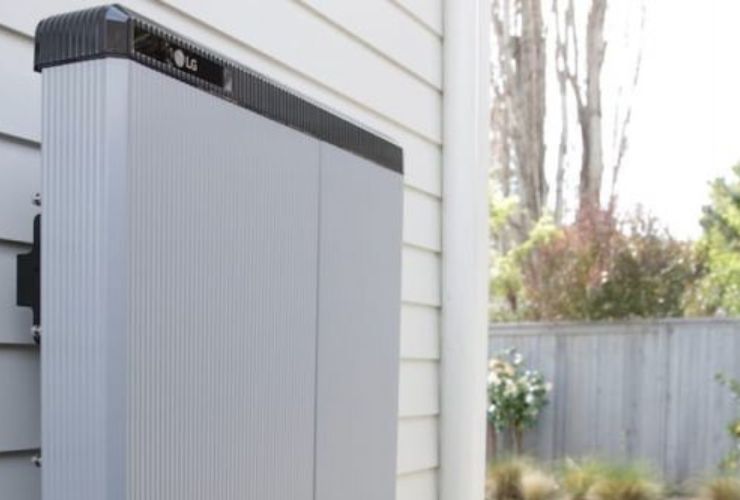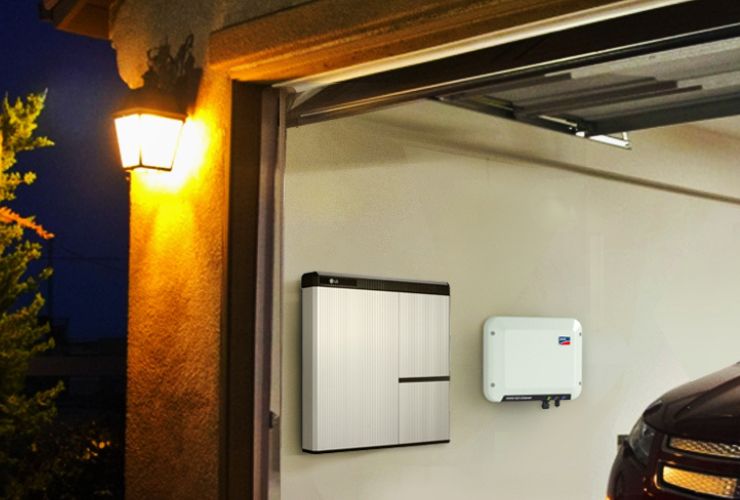
Fast read
Grid power and electricity work hand in hand to help replenish solar batteries. Solar power is often the more cost-effective option. Solar batteries are made to handle a specific number of kilowatt-hours (kWh) of power output. The warranty agreement typically outlines the battery's anticipated lifespan depending on the kWh rating.
The solar battery's lifespan can be impacted by temperature and the regularity of its discharge. Therefore, it is advised to replace solar batteries when their capacity to hold a charge had depleted to 60% of what it was when they were first manufactured.
Given that the technology is still relatively new, it is still unknown how long a solar battery will last.
How many times can solar batteries be recharged?
Solar batteries are a great addition to anyone’s solar system, whether residential or commercial. However, some people know little about these products because they are a newer technology. This FAQ will explain how you can recharge solar batteries with electricity and grid power supply and how many times you can before your solar battery comes to the end of its life expectancy.
Charging with electricity
Solar batteries are usually charged through the solar arrays of connected solar panels, but sometimes, this is not enough. For example, on days with poor weather conditions, the solar panels may also not have enough power to charge the solar batteries. This is where you can charge your solar batteries with grid-supplied mains electricity.
However, from a cost perspective, charging with solar is much better financially. Grid power is supplied as Alternate Current (AC). But this power must convert to DC power to charge your solar batteries. This process is not 100% efficient, and therefore a small % of the grid-supplied electricity will never be recovered when the batteries are discharged.
An efficiency of around 95% can be expected with most batteries on the market. However, up to 5% of the power will be lost in the charge and discharge process.
In addition to losing some of the power in the charge and discharge process. Batteries also deteriorate slightly via every full charge/discharge cycle.
Charging with grid power supply
New solar batteries can now be charged using both solar and grid power simultaneously. This is possible because of a dual-charge feature. This feature allows the batteries to draw power from both sources at once. As a result, the batteries can be charged more efficiently and quickly.
However, ensuring the safety of the power entering these batteries is crucial. To set up your system correctly, it’s important to use a qualified solar and battery designer.
This dual-charge capability provides flexibility in how you power up your solar batteries. Whether you’re drawing energy from the sun or the traditional grid, the dual-charge feature offers a reliable energy source.
To make the most of this technology and guarantee safety, it’s recommended to enlist the expertise of a solar and battery designer. Their knowledge ensures that your system is well-configured, maximising the efficiency of your solar and grid power setup.

What is the derating factor?
Over the years, as you repeatedly charge the battery, it undergoes numerous cycles of use. Gradually, its performance can decline significantly – losing 20%, 30%, or even 40% of its original charge-holding ability. When the remaining capacity drops to just 60% of what it was initially, experts recommend considering a battery replacement.
Now, the life expectancy of your solar battery until it reaches this derating stage depends on a few key factors. Firstly, where you place the battery matters. If it’s in a location with temperatures consistently below 50 degrees Celsius, that tends to allow your solar battery to have a longer life expectancy.
Additionally, how much you use up the battery’s power each time plays a role. If you don’t completely drain the battery every single time, it’s likely to last longer.
So, it’s not just about how many years the battery has seen but also about where you put it and how you use it. The interplay of these factors becomes crucial in determining the overall health and durability of home storage batteries. Understanding these dynamics helps you get the most out of your battery investment.
How often can you recharge your solar batteries?
The simple answer is as much as you want. However, there is a trade-off for how often you do this. This is because batteries are designed to handle a certain amount of kWh as throughput. The warranty document for a PV system battery shows how many kWh it was designed for.
For example, you purchased an 11kWh battery, and the battery warranty gives you a warranted throughput of 50,000 kWh. Now you charge and discharge the battery every day by 10 kWh. This means the warranty period will cover the battery being fully cycled by 10 kWh for 5000 cycles (times). Doing this daily would mean the battery will theoretically last at least 13.7 years.
We mentioned the derating factor before in this FA, and so after a few years. The 11 kWh home storage battery will most likely only charge and discharge 9 kWh or, a few years later, even only 7 kWh, as this amount of power will become its total holding capacity. So that means one might reach the 50,000 kWh throughput only after 15 years.

New technology – we will know the truth in a decade
Solar home batteries, especially lithium-ion models, are a relatively new technology. Solar panels and inverters were in the same position 10 to 15 years ago.
Some of them did way better than expected, while others failed pretty badly after just a few years. The companies that made the failed products often left the business, especially in places like Australia and New Zealand. To make things worse, the warranties they gave to consumers turned out to be worthless.
Now, looking into the future, we’re going to find out if the promises and warranties from manufacturers will hold up. Sometimes, we’ve seen battery makers go out of business because their technology and products didn’t last as long as they said they would.
This whole situation reminds us how important it is to be careful when choosing solar and storage products. Doing some good research and picking stuff from reliable companies can save us from headaches and make sure our investments in solar energy keep working well for a long time.